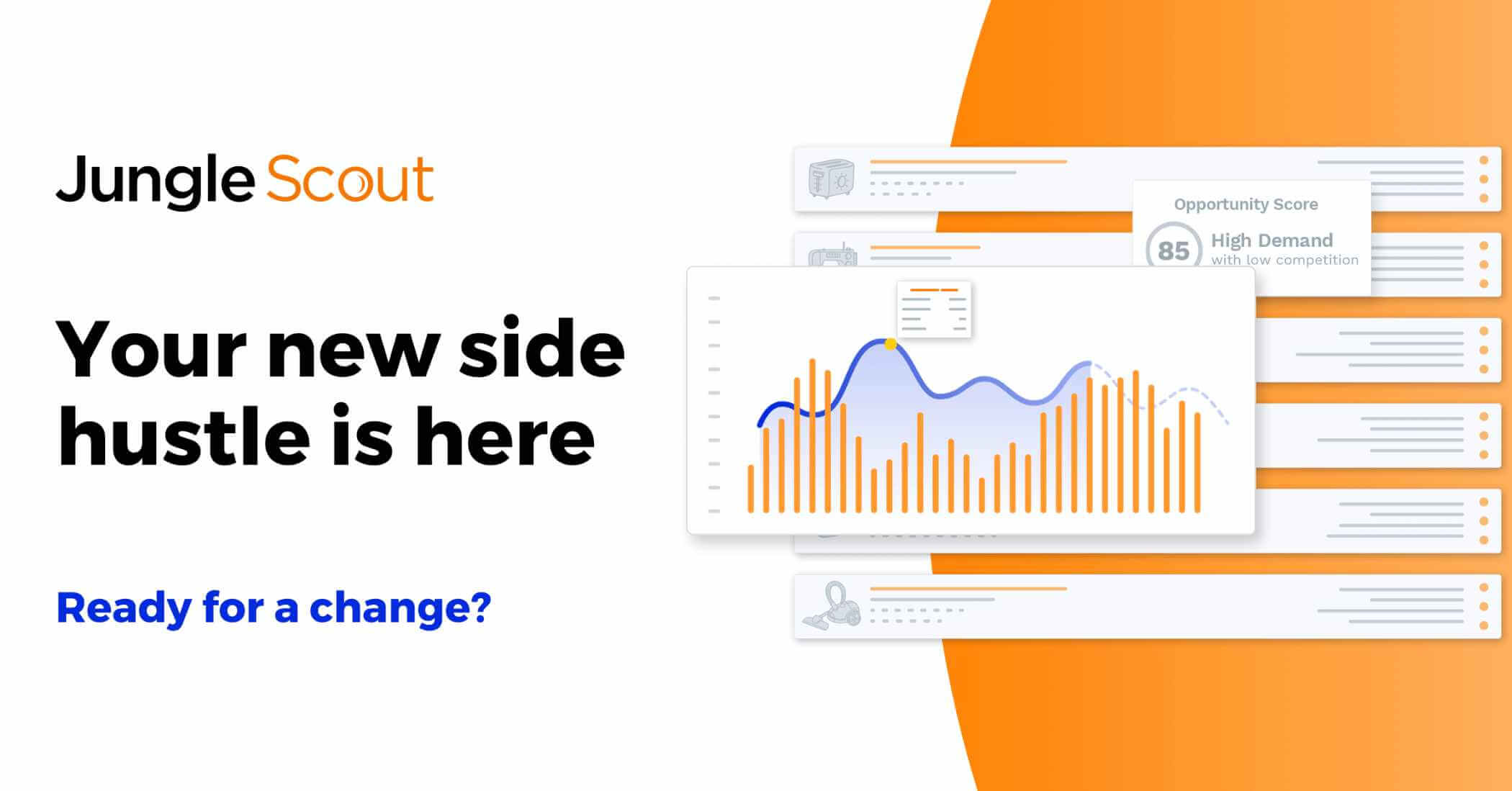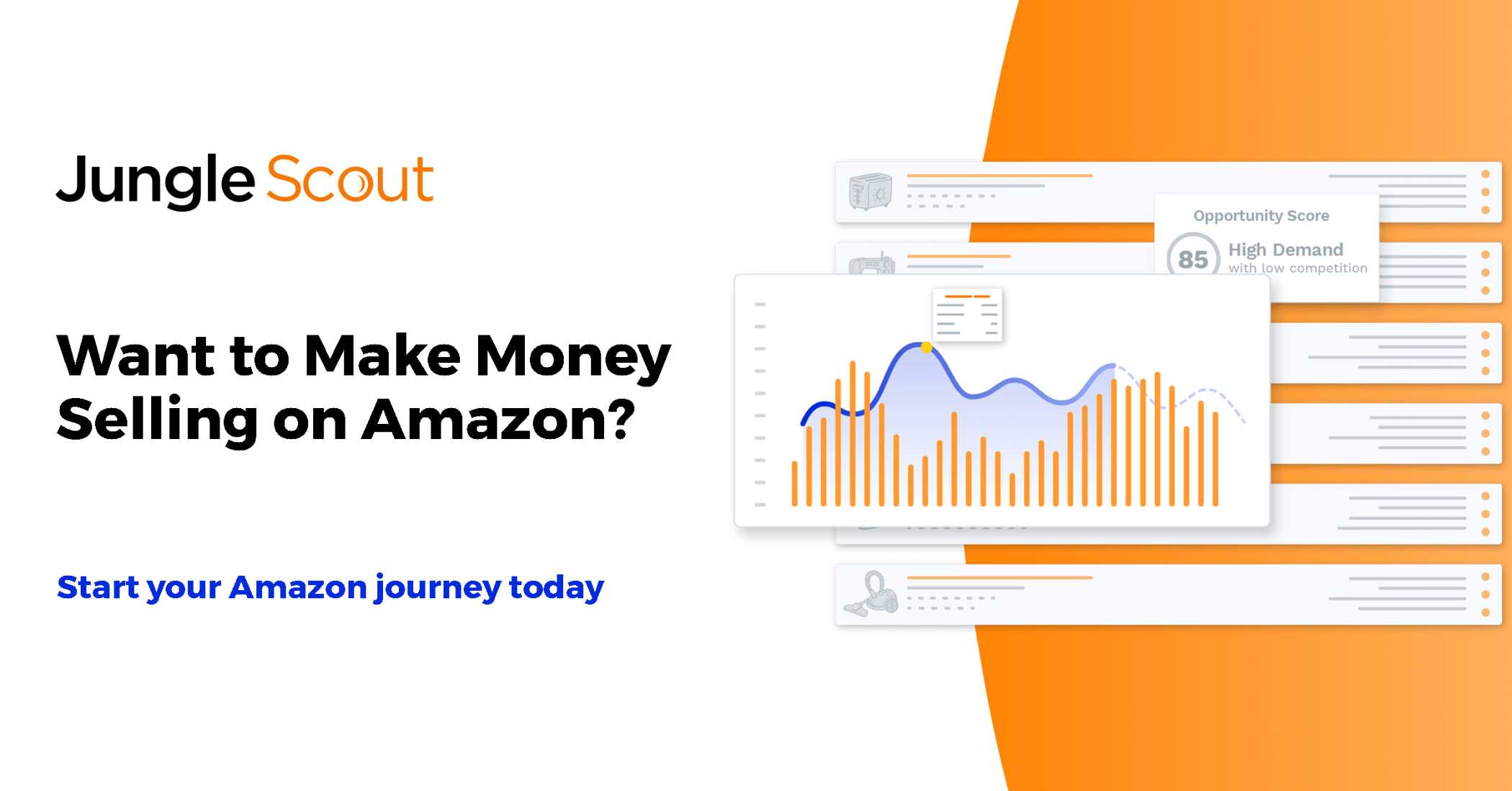Last Updated on
Matt Cutts of Google explains why your product should have its own blog or website page.
It’s a common problem, you have a product for sale, it’s listed on Amazon, but the listing on Amazon appears first in the search results.
Where’s your own site? No where to be found.
Matt Cutts at Google shares some insight as to whether or not Amazon always gets the best placement and what you can do about it.
Check out the 2 minute clip below:
Why do Amazon.com pages tend to rank well for product queries?
Did you catch what Matt suggested?
Have a page dedicated to your product!
Is it that simple? Not really, there are some things to consider…
Why would you want to rank better than Amazon in the search engines?
First of all, by ranking, we’re talking about if a person searches on Google and your own blog or website appears high up or even first in the search results on Google.
The reason why this is important is that the first results in Google, or any search engine, get loads of traffic.
The first spot could receive as much as 80% of the clicks from the search.
That means that your business could be missing out on major sales if you’re being outranked in the search engines.
If you receive the traffic to your site first, you can make the sale through your own ecommerce system, or you can point an Amazon affiliate link to your product on Amazon’s site and earn a commission for the referral (assuming you sell your product on Amazon).
But 7 Pillars says to sell on Amazon as a major strategy because Amazon already has traffic, why would we want to go through the effort?
The answer is that’s it’s not all that much effort.
How do you Create a Product Page that ranks better than Amazon?
1. A Blog Post or Webpage that Offers Incredible Value
Create a page on your company or brand’s website dedicated to your product.
…and here’s where most retailers go wrong…
They simply put the product description of a few sentences and upload pictures. Perhaps they post the product manual or instructions.
Boring! Who cares? And if no one cares, neither does Google nor the other search engines.
So what can you do to not be outranked?
Write a 1,000 word article about your product (yep, just 1,000 words).
Here’s what to include:
- Features of your product (what it does)
- Benefits of your product (why someone might buy it)
- Reviews
- Testimonials (get permission and follow FTC disclosure guidelines)
- Pictures of your product from multiple angles (back, front, side)
- Drawbacks of using your product (your product doesn’t do everything, let people know, and they’ll show appreciation with their wallets)
- Good video of the product in use (get some Royalty Free music to put in the background)
Post the page on your business or brand website, and whenever you mention your product online, link to that page.
Why do you need to write such a long feature about your product?
Because:
- It’s what will make your page different (most product detail pages have only a few sentences if that)
- It will provide real value to your potential customer (people searching on the Internet about products have questions and want to learn)
- The search engines like good content because readers like good content
At the bottom of your product feature page, link to where the reader can buy the product either on your own site or on Amazon.
If people aren’t familiar with your site or brand, they may not feel comfortable buying on it.
Some will, and if they buy, it’s a bonus because you won’t have the Amazon seller fees.
If you link to Amazon, customers will be more likely to buy because of trust and name recognition with Amazon.
Since you’re selling your product there anyway, you win in either case!
Because you provide more value in your detailed description, you’ll get the traffic, and have control over the page you want to rank first for your product.
2. A Detailed Review/Comparison
Similar to creating a blog post or webpage, create a review or comparison that shows how your product stacks up to the competition.
You’ll include most of the items listed above, but just make sure that the reader knows that you’re the company behind the product. Don’t mislead, that’s bad.
Create a chart showing how your product stacks up.
Post YouTube videos that real customers have posted about your product.
Include the good, bad, and the ugly. It’s your chance to respond!
3. Create a Website Dedicated Specifically to your Product
If the product is truly yours (your brand, etc.), create a website dedicated to your product. Put the product name in the url (example: http://productname.com).
It’s easier than you think to create a website.
Download WordPress (the best, free way to create a website for non-techies) and have it installed on your website host (some hosting companies will do it automatically upon request).
You can then type and create posts about your product. Provide updates, and maybe even create a following of loyal fans.
If a website dedicated to the product itself isn’t feasible, create one for your brand and write your product feature pages there.
Fortunately, It’s Not Rocket Science with the Right Tools
It’s easy to see why the search engine and more importantly potential customers would want to read your detailed post or information on your site if you provide tons of relevant, targeted information about your product.
Unfortunately, on Amazon and other ecommmerce solutions and platforms, you can write only so much about your product.
They limit the space and ability to format the text.
So, put in the effort on your own product pages and provide tremendous value to those searching about the need your product fulfills.
The possibilities are endless, but with a little bit of work upfront, you can enjoy the benefits over and over again.

